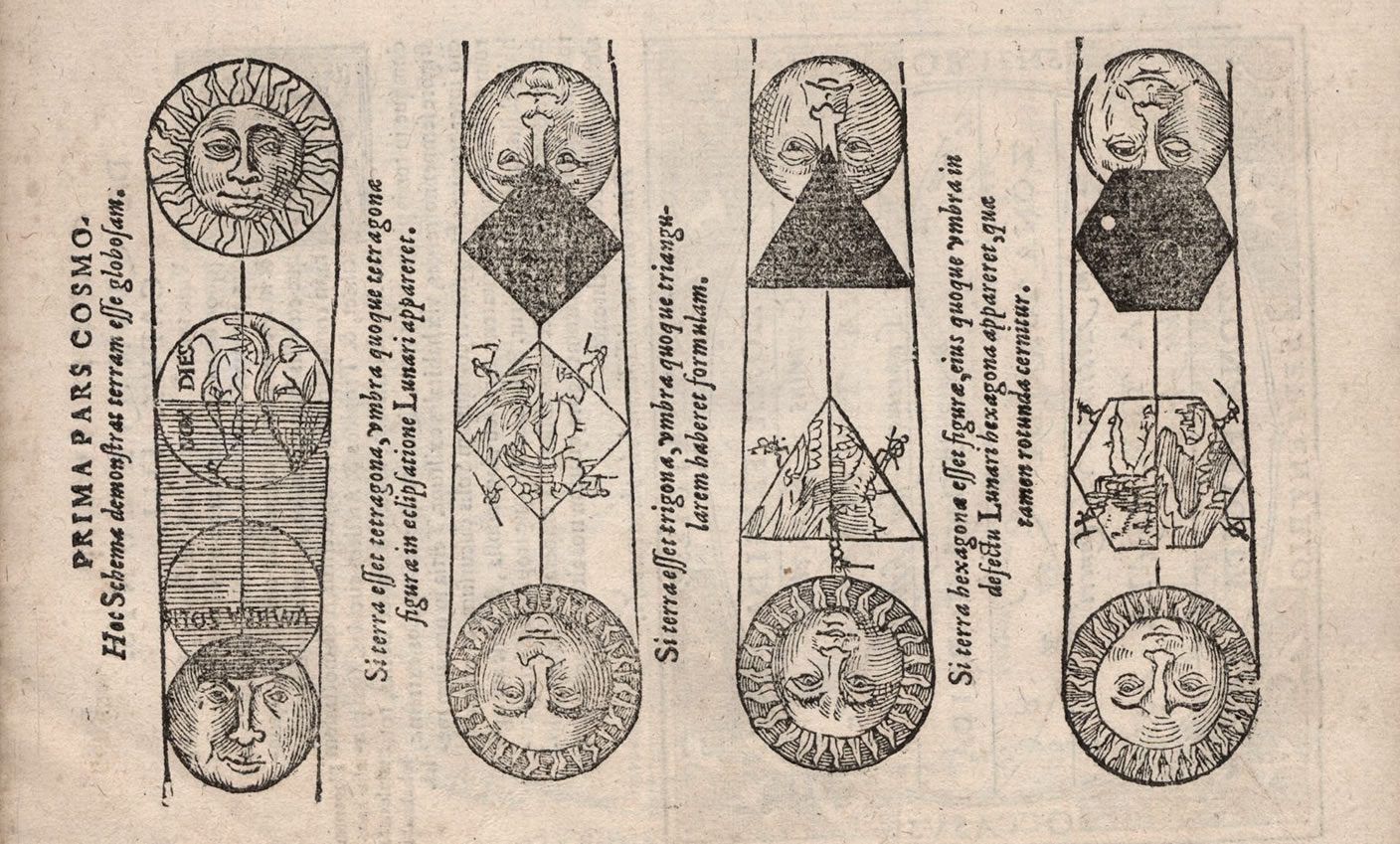The sun, the earth and the moon
The earth's rotation around the sun and the moon’s around the earth are just as important in explaining solar eclipses as the proportions between the moon and the sun. In actual fact, solar eclipses occur by coincidence.
During its orbit around the earth, which, seen from our planet, takes around 29.5 days, the moon is illuminated by the sun, creating a shadow that is around 370,000 kilometres in length – roughly the distance between the earth and the moon. Once a month, at new moon, the moon is positioned almost exactly between the sun and the earth. If its shadow reaches the earth, the people living in the shadow zone see a masked sun, a solar eclipse. However, this is only possible if the sun, the moon and the earth are virtually in a line.
The sun's diameter is around 400 times larger than the moon's, but the sun's distance from earth is also around 400 times greater than that of the moon. Viewed from earth, the sun and the moon are therefore roughly the same size, which is why total solar eclipses are at all possible. Nevertheless, the sun is not always the same size because the earth’s orbit is an ellipse, not a circle. Only if the moon is in its orbit in the section close to earth does it appear large enough to be able to cover the sun entirely.
Solar and lunar eclipses actually led ancient civilisations to believe that the moon and the earth had to be round and free-floating.
The solar eclipse in the Copper Bible
external page Johann Jakob Scheuchzer explains in the "external page Kupfer-Bibel" the phenomenon of lunar and solar eclipses with the creation of the sun, moon and stars.

